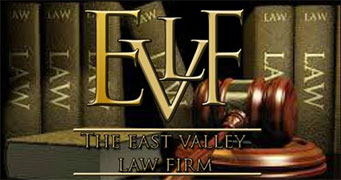What are the legal rights of two property neighbors that discover the location of property line is not where they thought? In some cases, the party possessing the property can obtain title through a quiet title action lawsuit.
BOUNDARY LINE ACQUIESCENCE
Arizona recognizes the legal theory of boundary by acquiescence. To support a claim of boundary by acquiescence, the boundary in question must be definite, visible, and clearly marked. Mealey v. Arndt, 206 Ariz. 218, 76 P.3d 892 (App., 2003). Fences and roadways are strong evidence of an acquiesced boundary line. Regardless of how the boundary is marked, the marking must be sufficient to identify the boundary with certainty. Id.
ADVERSE POSSESSION
Another legal theory applicable to boundary line disputes is adverse possession. Adverse possession occurs when: a person, acting under a mistake as to the true boundary line between his land and that of another, takes possession of land of another believing it to be his own, up to the mistaken line, claims title to it and so holds, the holding is adverse and, if continued for the requisite period. Berryhill v. Moore, 180 Ariz. 77, 881 P.2d 1182 (Ariz. App. Div. 1, 1994). The fact that the party was ignorant of the true property line when taking possession does not impact the claim. Id.
Both theories have similar elements of proof and if the claims are proven, the title to the possessed property is transferred to the possessor. Depending on the facts of the case, one or both of the theories may be appropriate to assert in a quiet title lawsuit.
Both theories have similar elements of proof and if the claims are proven, the title to the possessed property is transferred to the possessor. Depending on the facts of the case, one or both of the theories may be appropriate to assert in a quiet title lawsuit.
